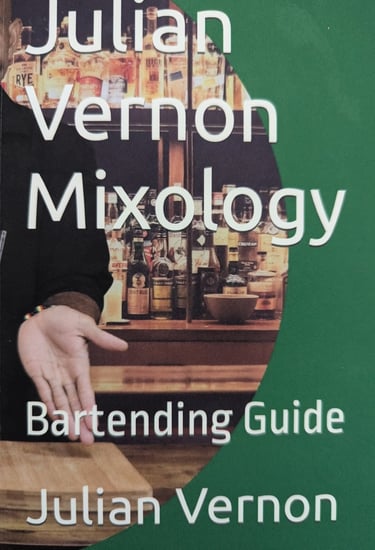Tequila: A Spirit with Ancient Roots and Timeless Appeal
Discover the rich history of tequila, from its sacred Aztec roots and pulque rituals to modern distillation in Jalisco—explore how this iconic spirit evolved into a global symbol of Mexican heritage.
Julian Vernon
7/29/20253 min read
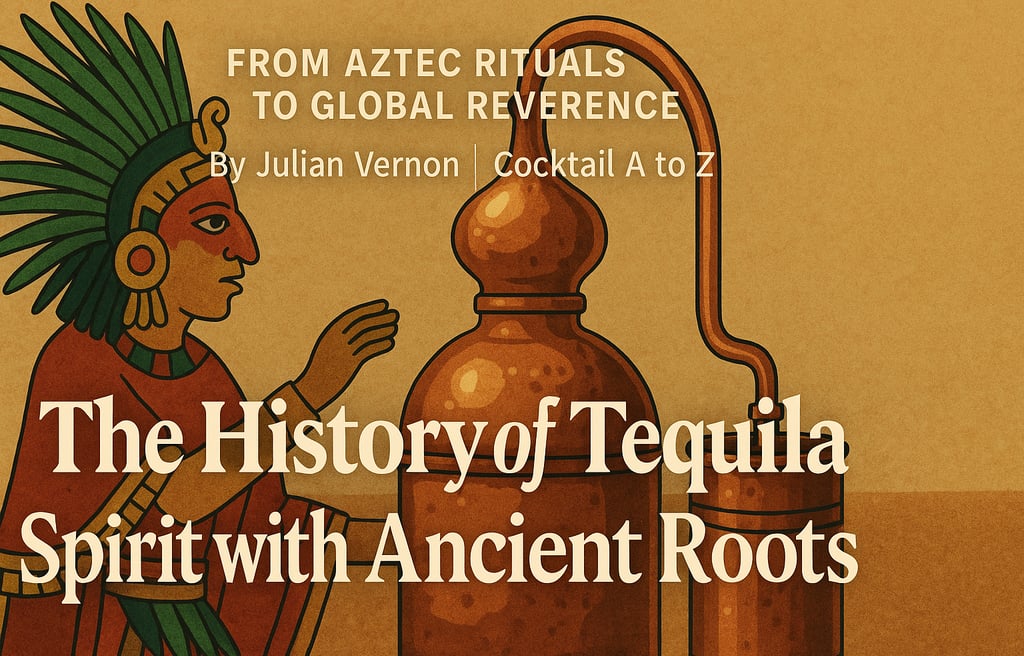

From Aztec Rituals to Global Reverence
By Julian Vernon | Cocktail A to Z
The History of Tequila: A Spirit with Ancient Roots
Pulque laid the spiritual foundation for tequila.
Long before tequila became a staple in bars and celebrations around the world, it was born from the sacred traditions of pre-Columbian Mexico. The Aztecs and other Mesoamerican cultures fermented the sap of the agave plant into a milky, mildly alcoholic drink called pulque, used in religious ceremonies and social rituals.
When Spanish conquistadors arrived in the 16th century, they brought with them the art of distillation, transforming pulque into a stronger, more refined spirit—the earliest form of what we now know as tequila.
By the 1700s, families in Jalisco, particularly in the town of Tequila, began refining the distillation process. Pioneering producers like José Cuervo and Herradura established some of Mexico’s first commercial distilleries, laying the foundation for a booming industry.
In 1974, tequila was granted Denomination of Origin (DO) status, ensuring that only spirits produced in specific regions of Mexico could legally be called tequila.
Today, tequila is a symbol of Mexican pride, enjoyed in everything from casual cocktails to luxury sipping experiences.
How Tequila Is Made: A Craft Rooted in Tradition
Jimadores harvesting piñas with precision and pride.
1. Agave Cultivation & Harvesting
Tequila begins with the blue agave plant, which takes 7–10 years to mature.
Jimadores, skilled agave harvesters, use a sharp tool called a coa to remove the spiky leaves and reveal the piña, the heart of the plant.
Stone ovens slowly roast piñas to unlock deep, earthy flavors.
2. Cooking the Agave
The piñas are slow-roasted in traditional stone ovens or modern autoclaves.
Slow roasting develops caramelized, earthy flavors, while faster methods yield a cleaner, crisper profile.
Fermentation tanks transform sweet agave juice into alcohol.
3. Extraction & Fermentation
Cooked agave is crushed to extract the sweet juice, or mosto.
Natural yeasts ferment the juice over several days, converting sugars into alcohol.
Copper stills are essential for refining tequila’s smooth finish.
4. Distillation
Tequila is distilled twice in copper or stainless-steel stills.
The first distillation removes impurities; the second perfects the spirit’s character.
Añejo tequila aging gracefully in oak barrels.
5. Aging & Bottling (Optional)
Some tequilas are aged in oak barrels, developing notes of vanilla, caramel, and spice.
After aging, the tequila is filtered, diluted, bottled, and labeled—ready to enjoy.
Types of Tequila: Understanding the Differences
Blanco (Silver):
· Unaged or aged <2 months
· Crisp, bright, and agave-forward
· Best for Margaritas and Palomas
Reposado:
· Aged 2–12 months
· Balanced with soft oak and spice
· Great neat or on the rocks
Añejo:
· Aged 1–3 years
· Rich with vanilla, caramel, and toasted oak
· Ideal for sipping
Extra Añejo:
· Aged 3+ years
· Deep, velvety, and luxurious
· Comparable to fine whiskey
Cristalino:
· Aged tequila filtered for clarity
· Smooth like Añejo, clear like Blanco
How to Enjoy Tequila Like a Pro:
1. Neat & Sipping
Use a tulip-shaped glass to enhance aroma.
Sip slowly to appreciate the layers of flavor in aged tequilas.
2. Classic Cocktails
Margarita – Bright, citrusy, and timeless
Paloma – Grapefruit soda and tequila perfection
Tequila Old Fashioned – A bold, agave-forward twist
3. Food Pairing & Tastings
Blanco – Ceviche, tacos, fresh seafood
Reposado – Grilled meats, smoky dishes
Añejo – Chocolate, charcuterie
Extra Añejo – Fine cheese, cigars
🌎 Tequila’s Global Impact: A Spirit That Defines Generations
Tequila has evolved from a regional ritual to a global phenomenon:
✨ Celebrity brands like Casamigos and 818 have fueled its rise ✨ Luxury sipping tequilas rival the finest whiskeys ✨ Sustainable agave farming is shaping the future of the industry
Conclusion: Discover the Art of Tequila
Tequila is more than a spirit—it’s a cultural legacy, a craft, and a celebration of Mexico’s soul. Whether you enjoy it neat, in a cocktail, or paired with food, every sip tells a story.
So next time you raise a glass, remember: you’re not just drinking tequila—you’re tasting history, heritage, and heart. ¡Salud!


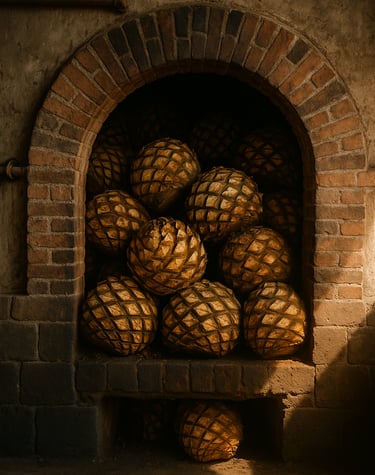

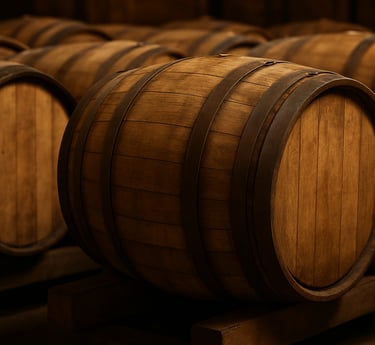

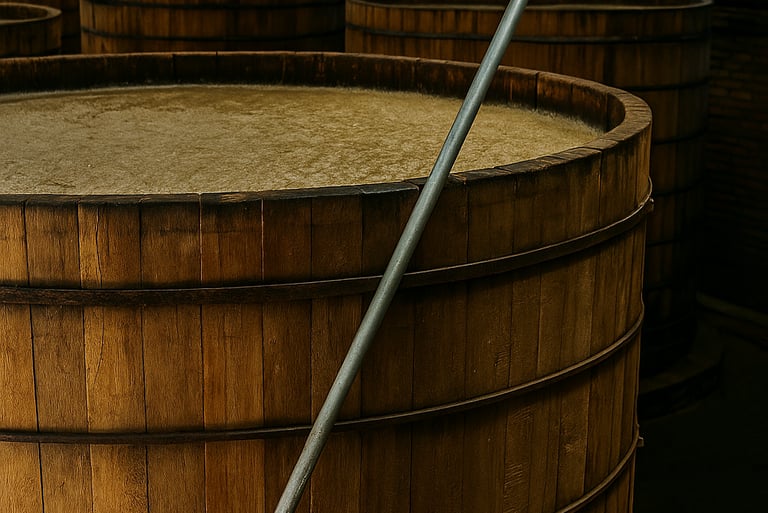

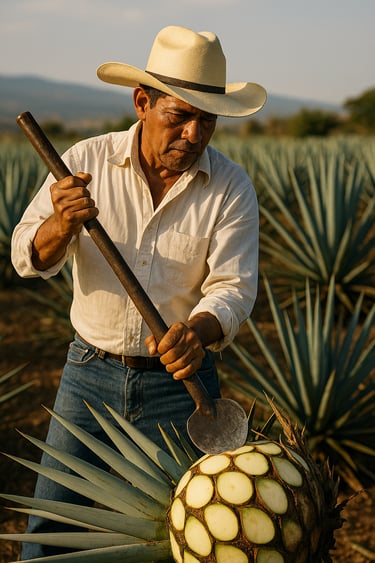

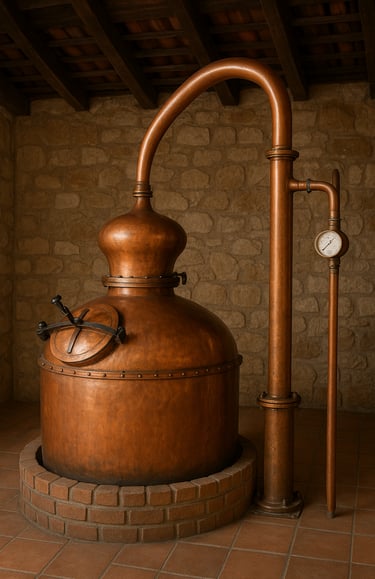

Enthusiasts
© 2024. All rights reserved.
